The 5 biggest freelance headaches - and how to solve them
Hawaiian illustrator Emily Hughes reveals her tips on avoiding distraction, dealing with difficult clients, chasing payments, and more.
Being a creative often means that time management and organisation don't come all that easy. Which means that despite all the attractions of going freelance, it can pose a number of challenges that might put you off making that leap.
Don't worry, you're not alone. Hawaiian-born, UK-based illustrator and author of the beautiful children's picture book, Wild, Emily Hughes may be amazingly talented, but she too struggles with these things. Yet work is work and has to be done, so here are her tricks for avoiding distractions, putting her thinking cap on and getting her work done.
01. Shutting out distractions
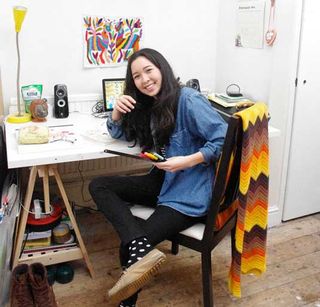
Working from home can invite some big distractions. The 22-year-old Hughes struggles with a number of things, like the temptation to eat as soon as she sits down at her desk, to check her friends' updates on Facebook or to relax on her comfy chair and tuck into a good book. So she finds that changing the scenery and getting out when working from home is really important.
"I go out to a café or the library and try to work for at least two hours," she explains. "You have to work in a library or at a café when you're by yourself. And when I get home, because I've been drawing for such a long period, it's easier to go straight back into working. It's just getting out and cutting out all the immediate distractions and then going back and having that focus to work through.”
A little unconventionally, she believes that sometimes getting distracted can be a valuable part of the creative process. "I think distractions often help me out," she says. "Sometimes you need to go with the distractions. Don't hold back from a walk or screwing around with one of your buddies or doing lots of non-related art stuff. As long as you get the work done in the end.”
02. Lacking inspiration
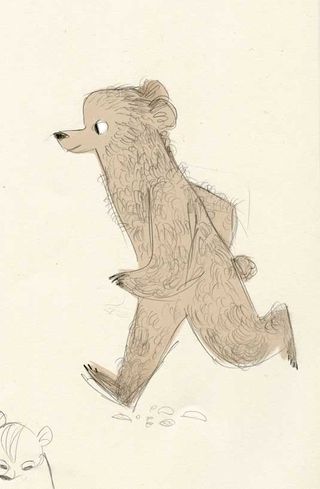
Getting inspired is a daily challenge for every creative. But Hughes has learned that you can't let a lack of inspiration stop you from working.
"You kind of have to grit your teeth and draw it out or doodle it out," she says. "You just have to keep creating. When you get stagnant, you go a bit rusty. Sometimes the only way to cure it is to bear it and deal with it, even thought it's really frustrating for like weeks."
Get the Creative Bloq Newsletter
Daily design news, reviews, how-tos and more, as picked by the editors.
If you find yourself getting bored with your work or you're really stuck in a rut, try mixing and matching the mediums you work with. Hughes likes to work in different size formats. "I work in an A5 sketchbook and then I have an A2 sketchbook, but sometimes I get really bored of working so small and cramped. So I'll start in my A2 sketchbook and it starts being fun again," she says.
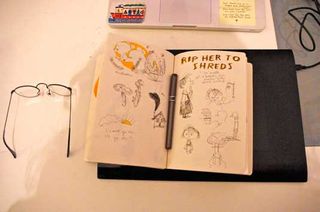
She also likes to mix her mediums. "I find if I've been working with pencil for too long, I'll switch it up with pens or watercolours; just using a new medium that gets you excited to be making things." Even treating yourself to a new pen or pencil can get you reinvigorated and inspired to work again!
Hughes also finds walking, people watching, reading, seeing friends and watching 'arty movies' help her find inspiration.
03. Difficult clients
Clients who disagree with your vision can be one of the biggest challenges freelancers face. In such a situation, Hughes always tries to seek a compromise - "At the end of the day if the client isn't happy with your work, you won't get paid," she reasons. But she adds that it's worth sticking to your guns if you think you have the best solution for your client's needs.
"If you're really confident in your idea, draw what you think is right and draw what the client thinks is right and usually they'll be able to see that your vision is as good as you think it is," she says. "Then your vision will fly through.
"But sometimes the client's idea is much better than yours, so always listen and try and if it doesn't work, then try to propose something else, so that you're happy with the result." For more on the subject, read this article on the secrets of great client relationships.
04. Getting enough work
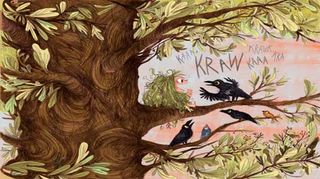
Managing your work and getting all your jobs done on time is one thing. Making sure you find time to search for extra work while juggling deadlines is another. Wouldn't it be wonderful if you could have a little elf doing all the searching for you? Unfortunately in the real world, that person isn't just going to appear out of thin air.
Hughes has found her agent to hugely useful in helping her keep on top of projects, ensuring she has new work to start as soon as she finishes a piece and making sure she has enough smaller jobs to keep a regular flow of money coming in every month.
"An agent will find you work and they're almost like a planner for your work schedule. My agent knows when I'm done with a job, so he'll be able to prepare my book making schedule, which is one big stress I don't have to worry too much about," she says. Finding an agent isn't as difficult as you might think, either. See our guide to getting an agent to learn more.
05. Chasing payments
You've done the work, but then you have to put in even more work to get companies to actually pay you what they agreed. It's not (usually) that they're trying to stiff you, but every company has a different payment procedure and sometimes things can get bogged down in bureaucracy.
Again, Hughes's agent came up trumps here. "I used to be really nervous about handling accounts, or even to know what was fair for me, in terms of money," Hughes says. "I used to get really embarrassed even bringing up why I needed to be paid. I thought it made me sound greedy. But he's taught me quite a bit about what I should be making and how to negotiate. His business is in me, so we're looking for the best thing for both of us.”
An agent will take a cut from the money you get, of course, so if you'd rather go it alone there are a number of useful tools to help automate the process of invoicing, giving you more time to focus on chasing the most recalcitrant non-payers. Check them out here.
Emily Hughes's book, Wild, was published last June and is already entering its second reprint. She's now working on her second book about a little gardener.
Words: Margaux Doey
Margaux Doey is a freelance journalist and winner of the PPA Magazine Academy's New Digital Product Concept 2013. Follow her on Twitter.
Liked this? Read these!
- Free tattoo fonts for designers
- Create a perfect mood board with these pro tips and tools
- The ultimate guide to logo design

Thank you for reading 5 articles this month* Join now for unlimited access
Enjoy your first month for just £1 / $1 / €1
*Read 5 free articles per month without a subscription

Join now for unlimited access
Try first month for just £1 / $1 / €1
The Creative Bloq team is made up of a group of design fans, and has changed and evolved since Creative Bloq began back in 2012. The current website team consists of eight full-time members of staff: Editor Georgia Coggan, Deputy Editor Rosie Hilder, Ecommerce Editor Beren Neale, Senior News Editor Daniel Piper, Editor, Digital Art and 3D Ian Dean, Tech Reviews Editor Erlingur Einarsson and Ecommerce Writer Beth Nicholls and Staff Writer Natalie Fear, as well as a roster of freelancers from around the world. The 3D World and ImagineFX magazine teams also pitch in, ensuring that content from 3D World and ImagineFX is represented on Creative Bloq.
Related articles
-
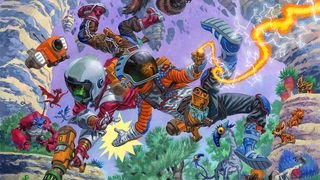
-
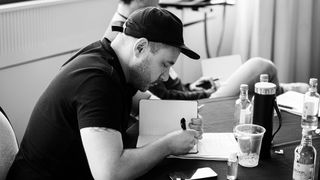
-
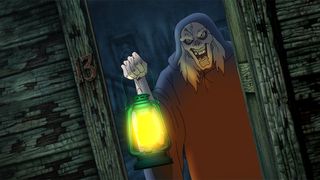
-

